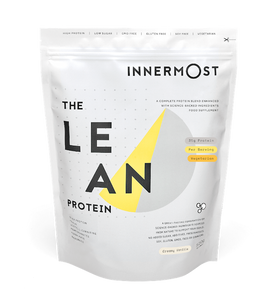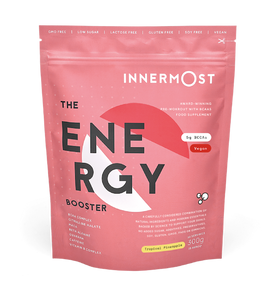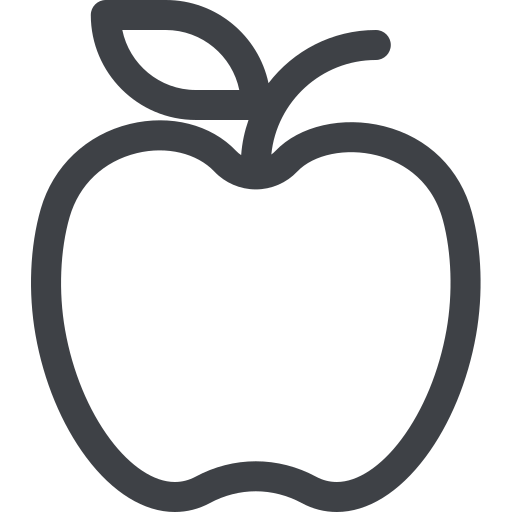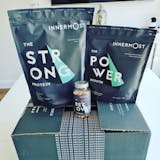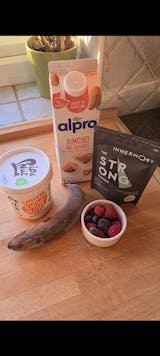There is nothing better than falling in love with a new piece of equipment at the gym. Luckily, the gym is home to a whole host of new and exciting examples of equipment to maximise your workout and reach your fitness goals. By implementing a range of equipment, you’re sure to take your workout to the next level, and one great example of what we are talking about is the humble medicine ball.
What is a medicine ball?
A medicine ball, sometimes referred to as a med or fitness ball too, is a weighted ball (of varying weights) used to improve muscle mass, stamina, and endurance: amongst many other physical skills.
Around shoulder width in diameter, medicine balls are nothing new, and have been around in our gyms (and long before) that for quite some time, actually.
A brief history of medicine balls
You’d actually be surprised with how long medicine balls (or similar style equipment) have been around and have been being used. It is thought that medicine balls have been used to assist people in their exercise endeavours for thousands of years, and are thought to have originated all the way back in ancient Greek times.
It is thought that the Greek father of medicine, Hippocrates (of course) first introduced the concept of a medicine ball into the world of fitness – although back then, medicine balls were actually more accurately described as stuffed animal skin balls. Yum.
The balls were used to help patients recover from their injuries and in other rehabilitation practices, and since then, the concept of medicine balls have largely remained the same. They’re just a bit less garish in appearance now (thankfully).
Benefits of exercises that use medicine balls
Medicine balls aren’t just good for strength training, that’s for sure. The beauty of these weighted exercise balls is that they’re designed to be used in a multitude of ways, whether that is through throwing, lifting, or otherwise, meaning that one of the main benefits of medicine balls are their flexibility and simplicity.
Some of our favourite health benefits of medicine balls include:
- Great strength building
- Improved speed
- Greater stamina
- Improves rehabilitation
- Balance improvements
Muscles worked using a medicine ball
If you’re looking to find out what muscles are worked when using a medicine ball, you’re in the right place! Popular for their muscle-building benefits, another great reason to start implementing medicine balls into your routine is for their ability to reach many of the major muscle groups.
Muscles worked using a medicine ball include:
- Abdominals
- Triceps
- Hamstrings
- Quads
- Glutes
And many, many others. The medicine ball is pretty much your one-way ticket to a full body workout. What a win!
Our favourite medicine ball exercises
So now you’re up to date with all things medicine ball related, let’s talk exercises. That’s why you’re really here after all, isn’t it?
Well we’ve saved the best ‘til last. Here are our three favourite medicine ball exercises to get your inspired for your next gym session…
-
Mountain Climbers
Ah, the dreaded mountain climber. This time though, with added weight. Joys! Engaging multiple muscle groups, mountain climbers are a great way to get your blood pumping and ready for a productive gym session.
To complete the perfect set of mountain climbers, you’re going to want to grab a medicine ball and get yourself a spacious area on the gym mats (or at home, if you prefer).
Get yourself in the standard plank position, with a medicine ball in front of you. Use both hands to balance on the medicine ball, making sure to keep your arms straight with your legs stretched out behind you. Next, engage your core and hold your body in position, staying tight. Pull your knees into your chest: left, right, left, right.
Rest and repeat!
-
Overhead slams
Perhaps the most popular (and well-known) medicine ball exercise, overhead slams work the full body. Top tip, though, you’re going to want to be on a padded surface for this exercise!
Stand with your feet shoulder width apart with your knees bent slightly to prevent any injuries. Hold your medicine ball with two hands, firmly above your head. Using your core, slam the medicine ball into the ground directly in front of you. Catch the ball after one bounce and repeat.
-
Russian twists
If you’ve just completed the mountain climbers and overhead slams, take it from us – you’re going to enjoy this exercise a little bit more. Sit down time! It’s time to engage those abs.
Again, grab yourself a spacious area on a padded mat, and your weighted exercise ball of choice. Sit on your bum with your back straight and legs out in front of you, taking your medicine ball in your lap with both hands.
Next, raise your feet off of the floor and engage your core, balancing your bum. Begin the classic Russian twist motion, moving the medicine ball side-to-side for your desired set of reps. Rest and repeat!
Summary
However you decide to integrate the humble medicine ball into your next workout, just remember to always use the correct weight for yourself (and your exercise) and never try to lift something heavier than you think you can manage. Medicine balls can be small, but believe us, they’re mighty!

